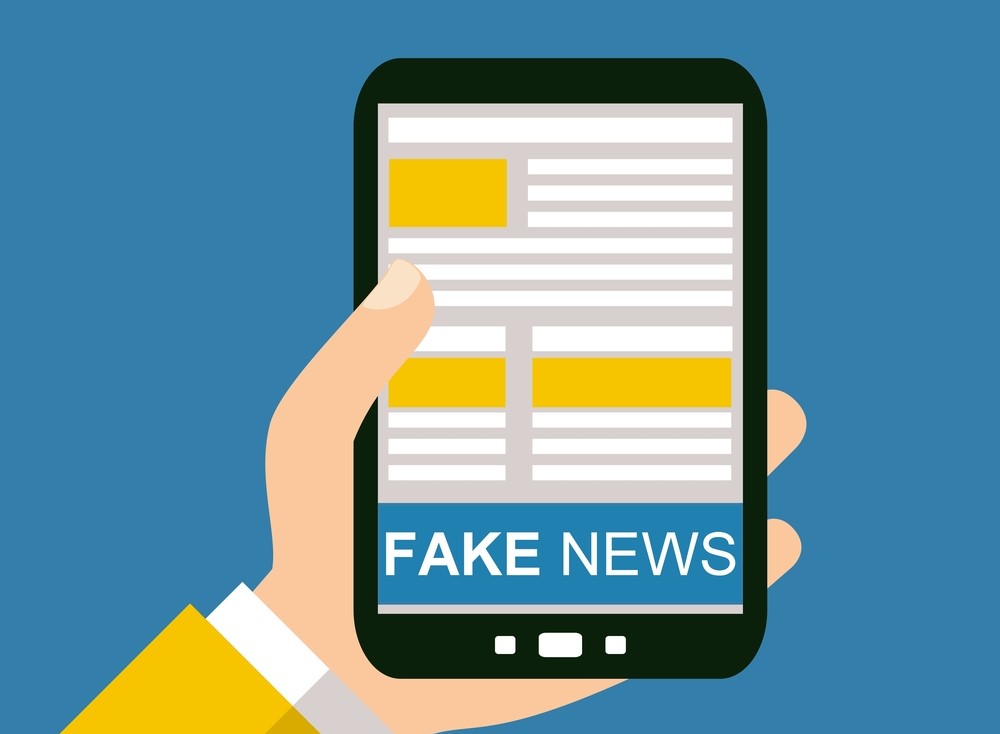Fake news. It’s become a very big and very real problem. Social media has rapidly become an integral part of all of our lives, and for many it has become the primary source for news and updates. As social media platforms have grown and developed, so have the news outlets featured on them. But it’s not just the reputable ones; the number of fake news outlets has increased significantly, and unfortunately, it is becoming more and more difficult to distinguish between the two.
What is fake news?
Fake news is not a new phenomenon, but its prevalence in everyday lives is. In fact, it has been discussed so frequently in today’s culture that ‘fake news’ was named 2016 Word of the Year by Macquarie Dictionary, despite not having an official dictionary entry.
Understanding exactly what fake news looks like is important. There is a difference between false articles produced deliberately and those that are just poorly researched. Most fake news sites purposefully create content that contains false information, often in the form of satire. Others are more malicious, and often create these stories for political or personal gains.
With the growth of social media, it’s been spreading like wildfire.
Why is it so bad?
Before the social media boom, fake news was around but easily avoidable. Now, fake news outlets have a digital platform to spread their stories, and have come to look very similar in look and feel to legitimate ones. Appearing amongst real posts in news feeds, fake news stories are convincing people that they are the real deal. So much so, they are being shared far more often than many real stories.
This became a particularly concerning issue in the months leading up to the US Presidential Election. People from all over the world were sharing stories with false accusations against both parties. The most outrageous? That Pope Francis formally endorsed Donald Trump. That might sound ridiculous to some, but shockingly, it was believed by many.
Towards the end of 2016, many people called for action to be taken against social media platforms hosting these stories. An open letter to Facebook’s Mark Zuckerberg suggested that the social media giant “start an open conversation on the principles that could underpin a more accurate news ecosystem on its News Feed”. It was signed by many large, independent fact checking organisations, and was forefronted by FactCheck.org. Although Zuckerberg responded to the backlash, he did so very delicately with the oblique “identifying the ‘truth’ is complicated” and whilst Facebook will be making efforts to debunk fake news stories, they needed to tread with caution.
What can be done about it?
If fake news continues to spread as quickly as it is doing so, greater action needs to be taken. But what can social media platforms actually do to combat the issue? Start taking responsibility is one answer.
Tom Bourlet, a Social Media Marketing Analyst, thinks social media platforms need to focus on their algorithms:
improve algorithm,to set 'trending' partly based on authority of source.Once shared by authoritive source,more likely to feature
— Tom Bourlet SpaghettiTraveller (@tom_bourlet) January 25, 2017
Others believe readers need to be encouraged to rely upon locally sourced media for the truth:
one way to tackle #fakenews, strengthen local media; people want info on what may or will affect their lives. valuable work of @Internews
— 20secondsmedia (@20secondsmedia1) January 25, 2017
and many media outlets want to work more closely with fact-checking organisations to validate the content they produce:
BBC wants to tackle fake news with Reality Check team https://t.co/SD9SJcrutc
— Somers Library (@Somers_Library) January 17, 2017
What do you think should be done to combat fake news? Reveal your real thoughts in a tweet to us @24fingers.


